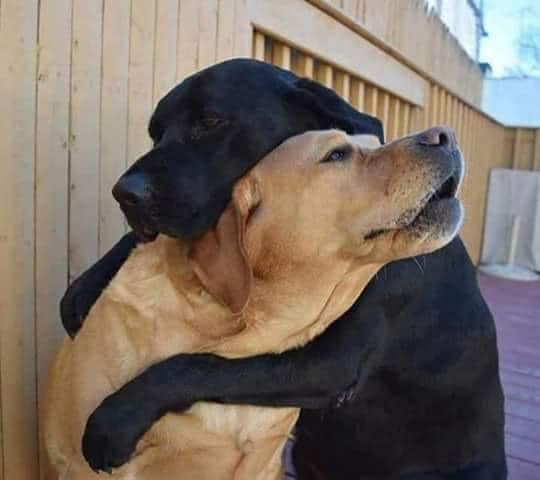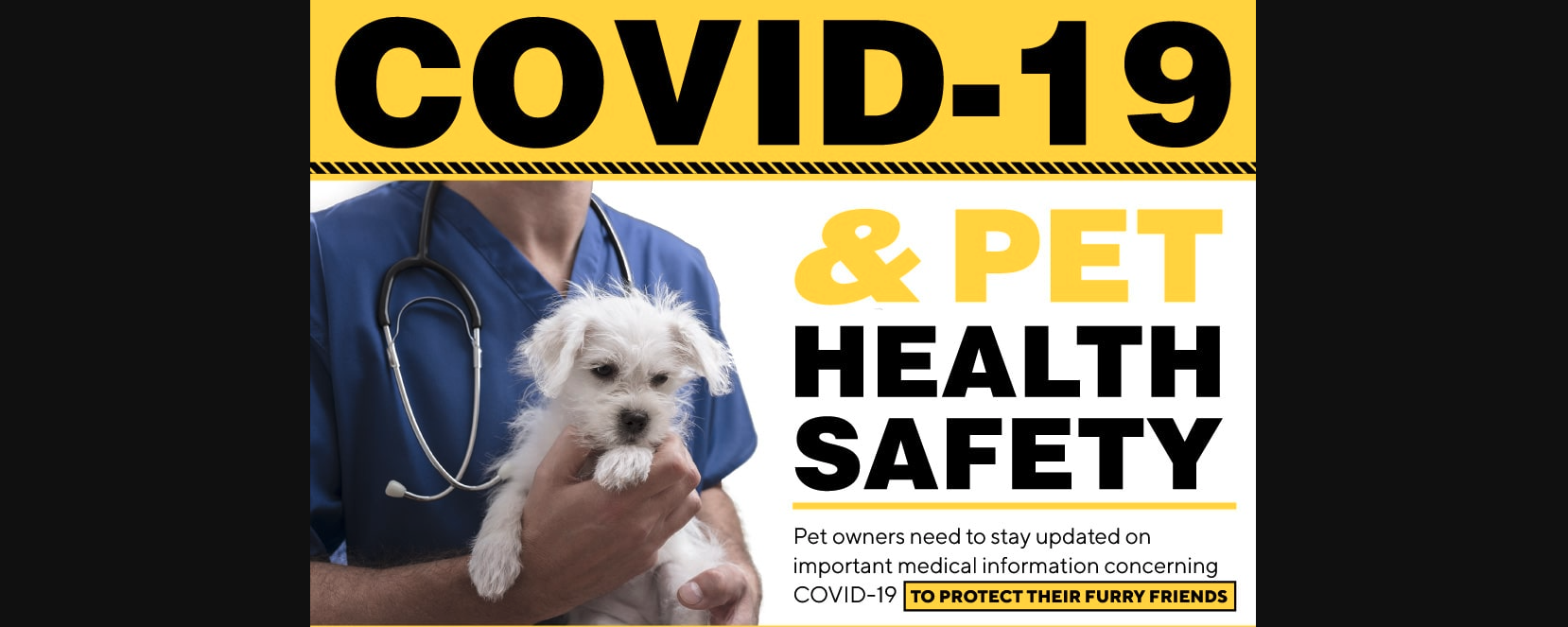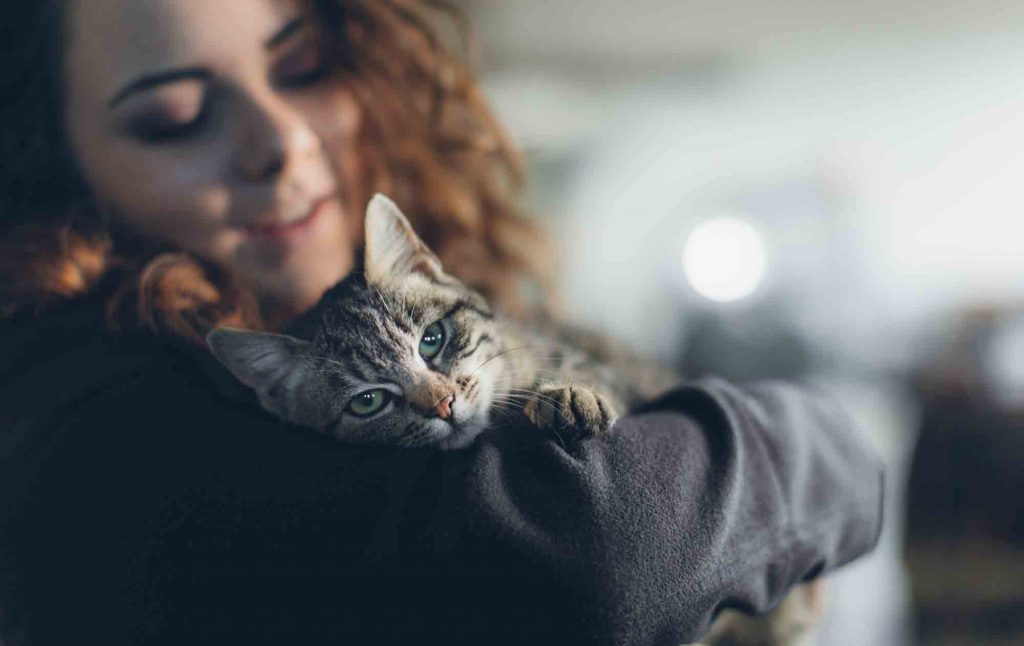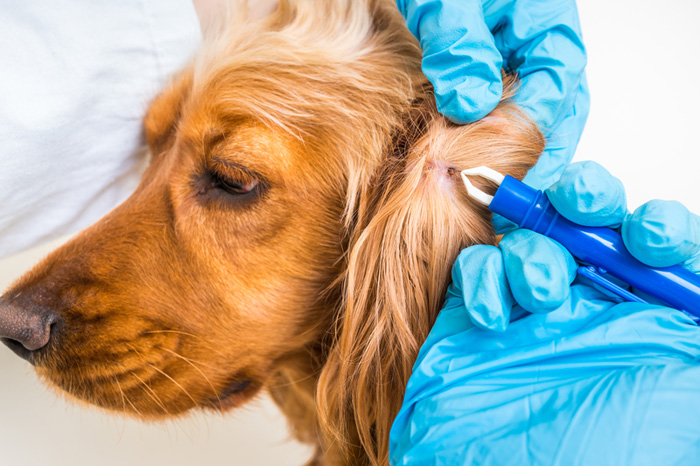Separation anxiety in dogs

Separation anxiety in dogs
Separation anxiety affects about 40% of dogs for a multitude of reasons. Some of them have these symptoms because of early weaning, while others have developed it as a result of being alone in a stressful circumstance, among other factors.
Undoubtedly, one of the main causes today, in modern times of pandemic, is that many people got the company of dogs for the first time, to cope with the effects of mass lockdowns in different parts of the world and the lack of socialization.
Now that there is a partial return to normality, many of these new owners are returning to their offices without knowing that their dog is now suffering, without them knowing exactly why, from separation anxiety.
It’s one of the most frequent issues, and it’s our job to address it so that the animal remains emotionally healthy.
As a result, in this piece, we will provide you with a comprehensive overview of separation anxiety in dogs, including the most frequent causes, typical symptoms that lead to a correct diagnosis, and treatment recommendations.
Learn how to tell whether your dog is suffering from separation anxiety and how to deal with it.
What is exactly the separation anxiety in dogs?
Separation anxiety is the condition of stress that a dog has when it is separated from its owner. This state develops not because the animal is dependent on its person, but rather because it is unable to cope with loneliness and separation.
As a result, it is not an obsession, but rather an attachment link and a difficulty to maintain a sense of equilibrium when alone.
His owner serves as a reference figure for the dog, guiding him and protecting him, in other words, he is his safe haven.
When the dog’s stable foundation is missing and he hasn’t learned to cope, tension, fear, irritation, and anxiety emerge, causing him to exhibit a variety of symptoms and undesirable behaviors.
The ability to maintain balance
A dog with separation anxiety is unable to achieve a balance between environment, social stimuli, and a reference figure.
Sensory homeostasis is the ability to balance the many components in his environment, even if one of them is absent for a length of time. Even if its reference figure (owner) is not there, a balanced dog may retain its equilibrium.
This form of anxiety affects a dog whose sensory equilibrium has been disrupted for the reasons stated above.
When a dog is left alone at home, he feels threatened and endangered, and a level of awareness is awakened in him, which can result in material destruction, frantic weeping, and other behaviors.
As the term implies, separating a dog from his owner for a length of time, whether short or long, causes the dog to experience uncontrolled anxiety.
Can you tell if your dog has anxiety?
Anxiety in dogs is characterized by a sequence of unusual or aberrant actions that are clearly visible. However, they can be mistaken for signs of other illnesses.
As a result, in order to better understand them and learn to recognize them without error, we’ll divide them into two categories: symptoms that the dog exhibits during the separation and related indications that it exhibits before or after the separation.
During separation, a dog with this type of anxiety may show the following symptoms:
Urinates and defecates in places that do not correspond to it.
- Chew it all.
- Excessive barking.
- Alteration.
- Aggressiveness.
- Nervousness.
- Exaggerated fear
Following with the symptoms of separation anxiety in dogs, we can identify more signs of this by looking at the hints that generally arise before or after departures:
- Anticipatory anxiety. The dog recognizes the stages leading up to the separation and becomes frightened and starts crying, whining, or barking, following the human around and attempting to obtain his attention.
- Exaggerated reception. Even before the caregiver enters the house, the dog may greet him or her by barking, leaping, or clawing the door.
The dog remains anxious while inside, jumping and making different vocalizations that are indicative of an exaggerated welcome. It may continue longer or shorter depending on the dog, and it is even conceivable that some pee drops may escape due to the same feeling.
How to deal with separation anxiety and how to correct it?
It will take time to address this, but with patience and love, you can treat and lessen your dog’s fear by following these steps:
Develop habits for your dog:
Make timetables for things like going for a stroll, eating, playing, and so on. Routines are crucial for dogs because they feel more relaxed since they know what to anticipate and are less overwhelmed by change and uncertainty.
Avoid leaving your dog for long periods of time:
If your dog has separation anxiety and you have to leave it alone for an extended period of time, create a schedule of trips that progressively rises until it becomes accustomed to being alone.
- To walk your dog, enlist the assistance of someone you can trust. Remember that your dog requires physical activity in order to relax and be happy.
- Allow it to occupy itself and expend all of its energy while you are away by leaving toys around the home.
Avoid punishment:
Punishing your dog during a crisis will only make matters worse!, since your dog has no idea how it feels or what it is doing wrong.
- Don’t coddle it too much, because it may become confused and believe it is doing right.
- Try to calm it down by being cool and speaking in a calm tone.
Veterinarians are there always to help you
The vet will deal with the symptoms and behavioral abnormalities and provide you advice unique to your dog’s case if these types of problems in your dog are severe enough to necessitate treatment.
Home remedies can also be made at the same time as other treatments by following the quantities and suggestions of your veterinarian.
Always, patience
Remember that overcoming your dog anxieties might take some time, so be patient and compassionate. In time, your friend will be more confident and secure in exploring its surroundings and cope with your absence.

Covid-19-and-pet-health-safety
2022-08-12

Separation anxiety in dogs
2021-11-12
© 2021 Copyright 100Percentfur.com





